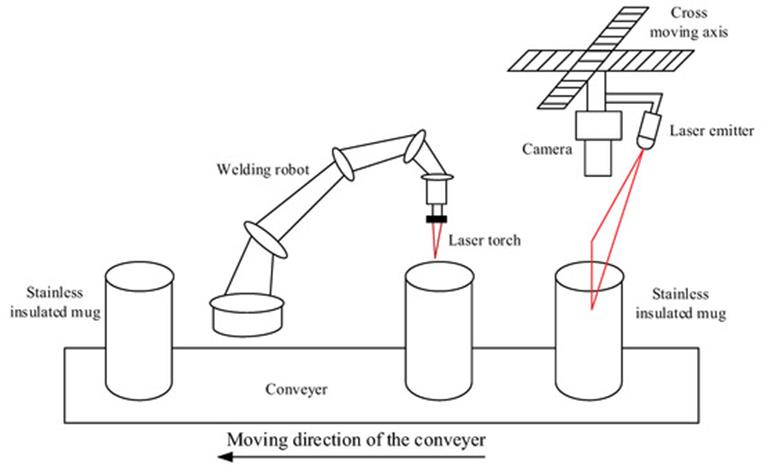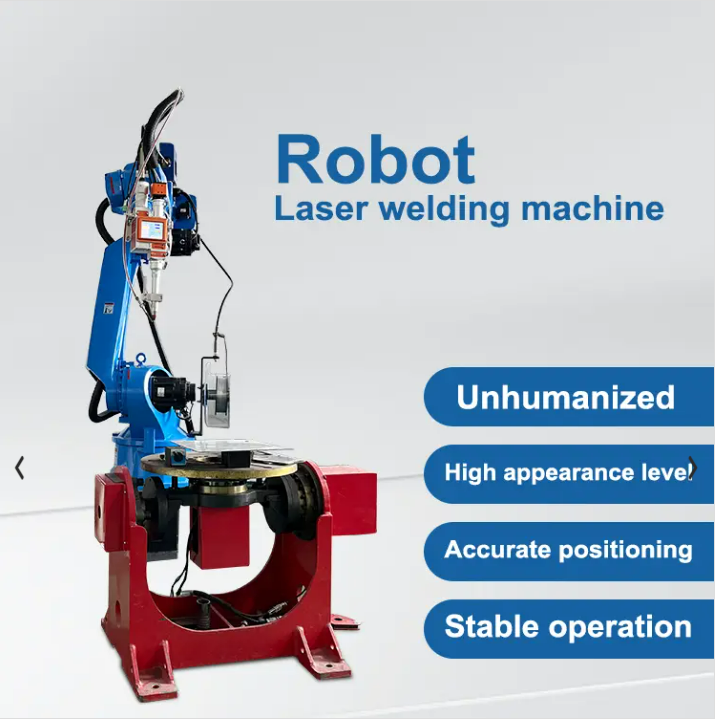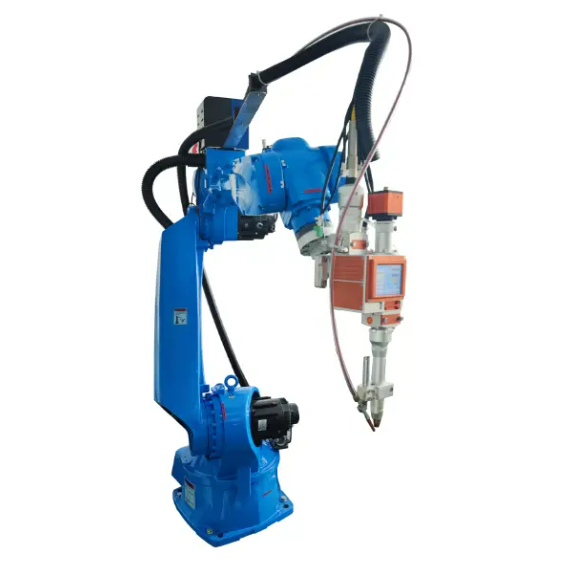In the age of advanced technology, industrial processes have become more efficient and precise. One such advancement is the use of laser welding robots in manufacturing operations. These robots provide high-quality and precise welds, ensuring the durability and reliability of the final product. However, in order to ensure consistent and reliable welding quality, multiple methods must be used to check the welding quality of laser welding robots. In this article, we'll explore different ways to check the quality of a laser welding robot's welds.
Before starting to introduce these methods, it is crucial to understand that the welding parameters of the laser welding robot need to be adjusted according to the actual welding quality. This adjustment ensures that the robot delivers the best results during mass welding production. Emphasis should be placed on calibrating and fine-tuning the machine to consistently achieve the desired weld quality.
One of the commonly used methods to check the welding quality of laser welding robots is radiographic flaw detection. This method involves the use of X- and Y-rays to send radiation through the weld. Defects present within the weld are then displayed on the radiographic film, allowing the operator to identify any defects. By using this method, the quality of the weld can be thoroughly assessed to ensure that there are no hidden defects that could compromise the integrity of the weld.
In addition to radiographic flaw detection, another method for checking the welding quality of laser welding robots is ultrasonic flaw detection. The method utilizes pulsed vibrations generated by instantaneous electrical excitation. Coupling agent is applied to the surface of the weld to make ultrasonic waves form in the metal. When these waves encounter flaws, they emit reflected signals that can be analyzed to identify any flaws present in the weld. The method follows similar principles to ultrasound testing in medical institutions, ensuring reliable and accurate results.

Magnetic flaw detection is also a valuable method to check the welding quality of laser welding robots. The method involves applying magnetic powder to the surface of the weld. When defects are present, the magnetic material reacts, resulting in the appearance of leakage fields. By analyzing the magnetic field, the operator can determine if there is a weld defect. The method is particularly useful for identifying surface defects and ensuring weld quality meets required standards.
In addition to these three commonly used methods, there are other techniques that can be used to check the welding quality of laser welding robots. These include visual inspection, liquid penetrant testing and eddy current testing. Visual inspection involves a thorough examination of the weld with the naked eye or with the aid of a magnifying tool. Liquid penetrant testing, on the other hand, uses a liquid penetrant to penetrate into surface defects, making them visible under ultraviolet light. Eddy current testing uses electromagnetic induction to identify surface and subsurface defects by measuring changes in electrical conductivity.
All these methods play a vital role in ensuring the welding quality of laser welding robots. By employing these technologies, manufacturers can proactively identify any welding flaws or flaws and take necessary steps to correct them. This in turn leads to higher product quality and customer satisfaction.
In summary, checking the welding quality of a laser welding robot is essential to ensure the reliability and durability of the final product. Various methods such as radiographic, ultrasonic and magnetic testing can provide valuable insight into weld quality. Manufacturers should incorporate these methods into their quality control processes to maintain high standards of weld quality. In doing so, they can deliver products that meet or exceed customer expectations and build a reputation for excellence in the industry.
Post time: Jul-31-2023











